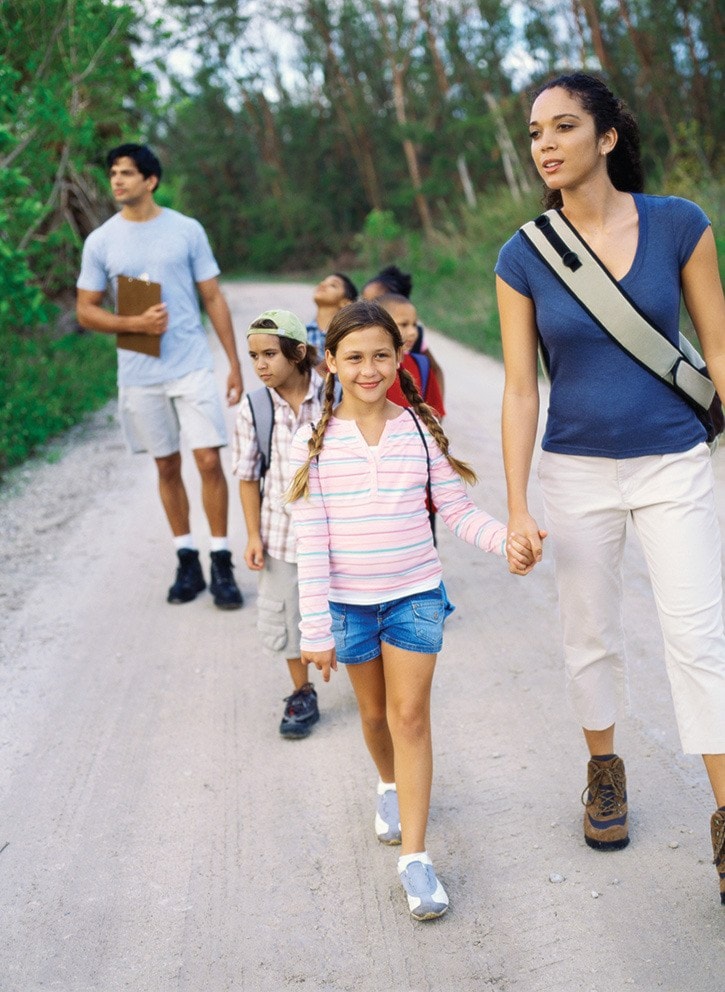Two Sooke schools are taking a new approach to how students travel back and forth from school thanks to a Capital Regional District program.
Called the Active and Safe Routes to School program, L’ecole Poirier and Journey Middle School youth are now encouraged to use “active” transportation such as walking, biking and rolling for their journey to and from school, as well as using existing transit and school buses.
The idea of alternative ways of student transportation in the Sooke region was floated by Sooke Coun. Rick Kasper, hoping it will close in the gaps for students and their respective schools.
“I hope [the program] will provide the opportunity for establishing safer routes for young people to go from a residential part of the community to where the schools are,” Kasper said.
A total of 20 schools in the CRD region will be engaged with the program until December 2017.
Each school, including Poirier and Journey, also have a travel planning facilitator who works with parents, school staff, Transportation Ministry, B.C. Transit, Island Health, ICBC as well as several others to find safe and viable routes for students to travel.
Cost of the two-year program is expected to be approximately $125,000 per year, noted Signe Bagh, senior manager regional planning for CRD.
Bagh pointed out that in the instance where students live too far away from their schools, they can still take part in the program by participating in things such as bike skills training courses, as a well as Drive-to-Five, where parents park their cars a few blocks away from the school and allow their child to walk five minutes to school.
The school’s travel planning facilitator will help parents identify key drop off spots.
All in all though, the idea is to raise physical activity and sense of community for students, with the end goal of creating student wellbeing and academic performance, Bagh added.
Still, in many cases in Sooke, access is everything when it comes to alternate routes, Kasper pointed out, adding that residential areas such as Sunriver are still too isolated for kids to be walking to school safely.
“There are some trails in subdivisions to connect them for easier travel to schools, but we gotta figure out a way to make it better,” he said.
